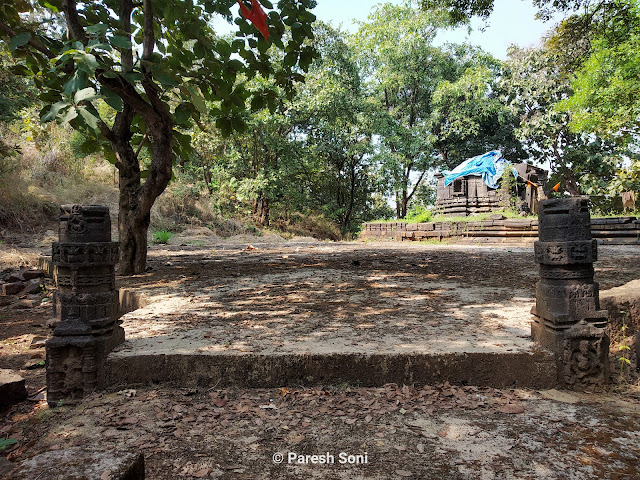Gadhegals or Asscurse stones - The territorial markers of medieval times in Mumbai

Asscurse stone or Ghadegal literal translation in local language is "gadhe" means donkey and "gal" means stone. These are rock edict that dates back to mostly Shilahara dynasty that ruled between 8th century to 12th century but few stones have been found to be from later period like 14th and 15th century. The stones were declarations of land grants bestowed on families and that a curse or punishment would fall in case someone violated the order. These steles had some peculiar and common features like on the top showing sun, moon and kalasa indicating the grant would remain till perpetuity, Kalasha indicating that it bestows prosperity upon the grantee and sculptural panel showing imagery of donkey and a female in a sexual congress, the meaning of this imagery is that anyone who oppose or dispute the grant would be punished and as punishment the miscreants mother will be copulated with a donkey. Many of these edicts even had some inscriptions though not necessarily f


